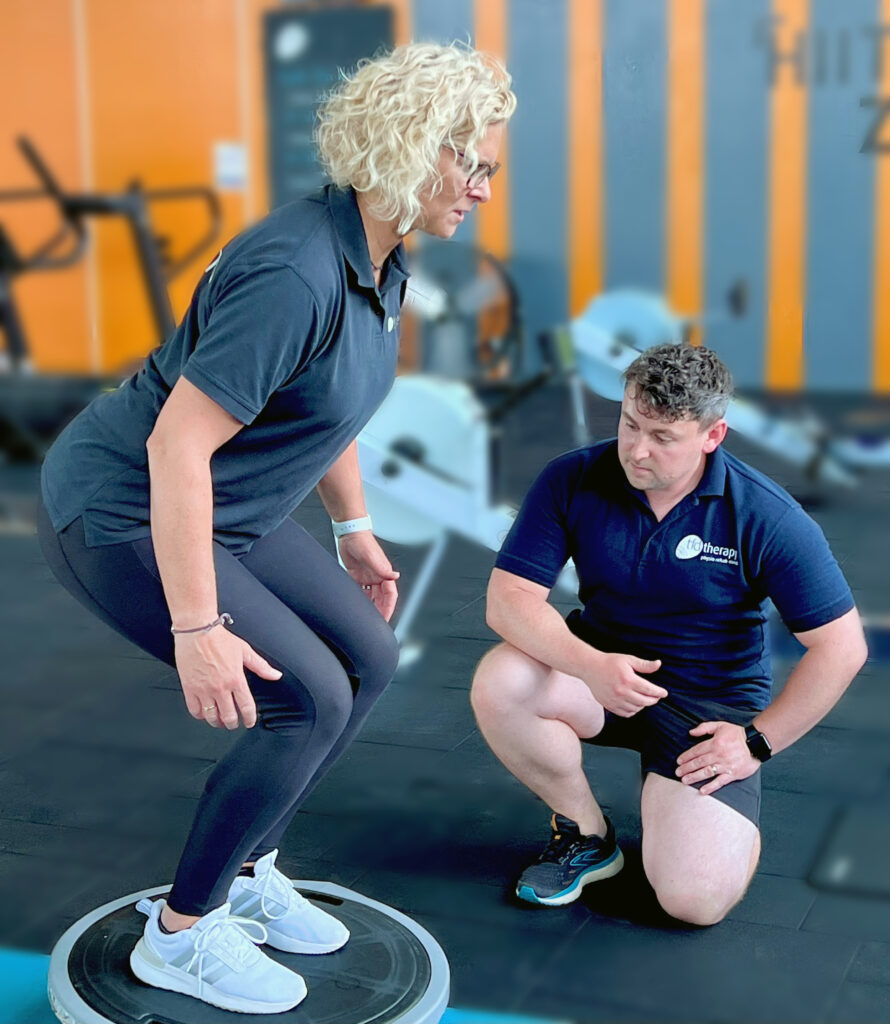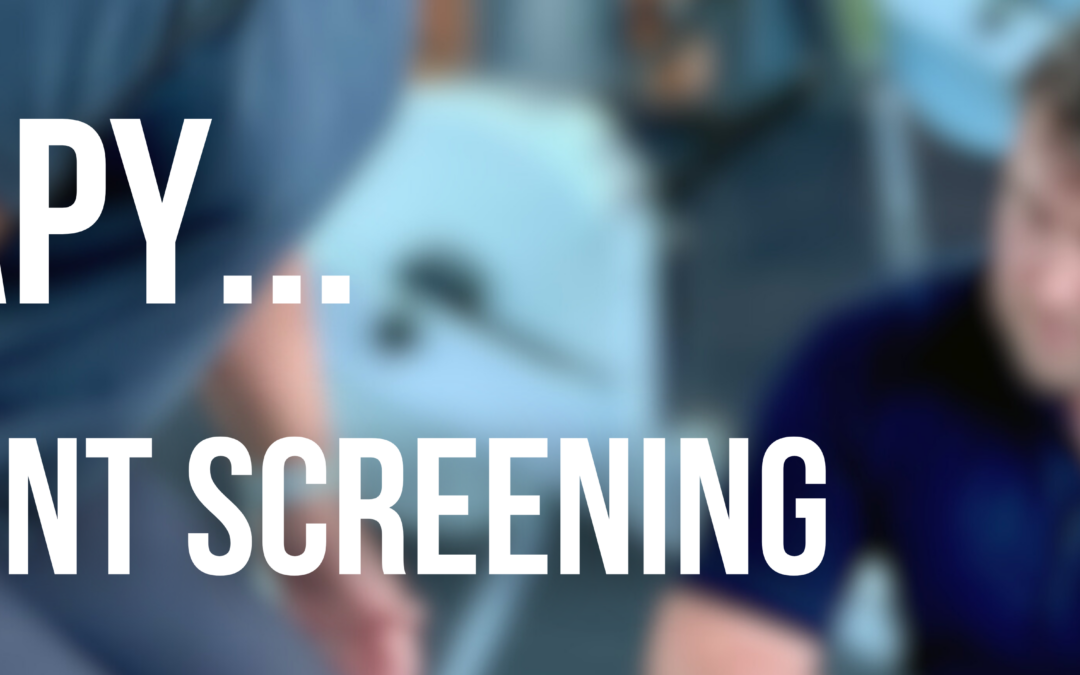Movement screening is a comprehensive assessment tool used by fitness professionals, physiotherapists, and sports coaches to evaluate an individual’s fundamental movement patterns. It involves a series of standardised tests designed to identify imbalances, asymmetries, and limitations in a person’s mobility and stability. Movement screening is typically used before starting a new exercise program, returning to physical activity after an injury, or as part of regular check-ups for athletes and fitness enthusiasts.
The primary goal of movement screening is to pinpoint potential risk factors for injury and areas where performance can be improved. By analysing how a person moves, a sports therapist can develop tailored strategies to enhance function, reduce injury risk, and optimise physical performance.
Benefits of Movement Screening:
1. Injury Prevention: Movement screening helps identify movement dysfunctions that could lead to injuries if left uncorrected. By addressing these issues early, you can significantly reduce your risk of future injuries.
2. Personalised Training Programs: The results of a movement screen provide valuable information for creating individualised exercise programs. This ensures that your workouts target your specific needs and limitations.
3. Improved Performance: By identifying and correcting movement inefficiencies, you can enhance your overall performance and daily functional capacity.
4. Baseline Measurements: Movement screening establishes a baseline of your current movement capabilities. This allows for tracking progress over time and adjusting your training program accordingly.
5. Enhanced Body Awareness: Going through a movement screen can increase your awareness of how your body moves, leading to better form and technique in your exercises and daily activities.

Examples of Common Movement Screening Exercises:
Overhead Squat Assessment
This exercise evaluates overall body mechanics, including ankle mobility, hip flexibility, and core stability. The individual performs a squat while holding their arms overhead, allowing the assessor to observe movement patterns from multiple angles.
Single-Leg Balance Test
This test assesses balance and stability on each leg individually. It can reveal asymmetries between the left and right sides and provide insights into ankle stability and hip strength.
Shoulder Mobility Test
This exercise involves reaching one arm behind the back from above and the other from below, attempting to touch the hands together. It evaluates shoulder flexibility and can highlight potential issues in the shoulder complex.
Rotary Stability Test
This exercise involves a quadruped position with simultaneous arm and leg lifts, followed by bringing the elbow and knee together. It assesses core stability and coordination.
The tfd therapy team can help you with movement screening and assessments so get in touch!

